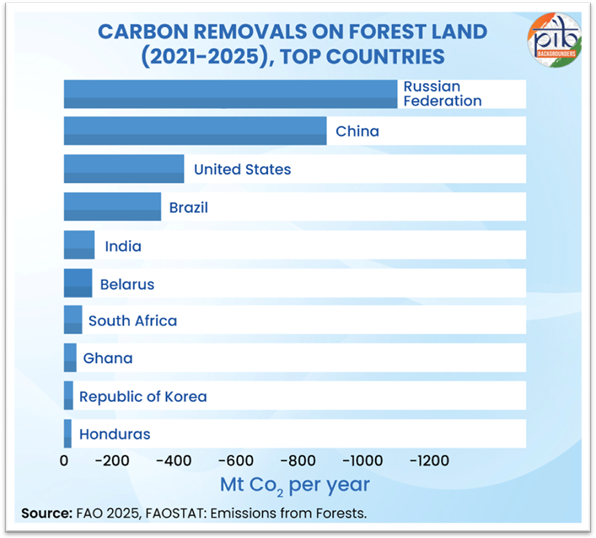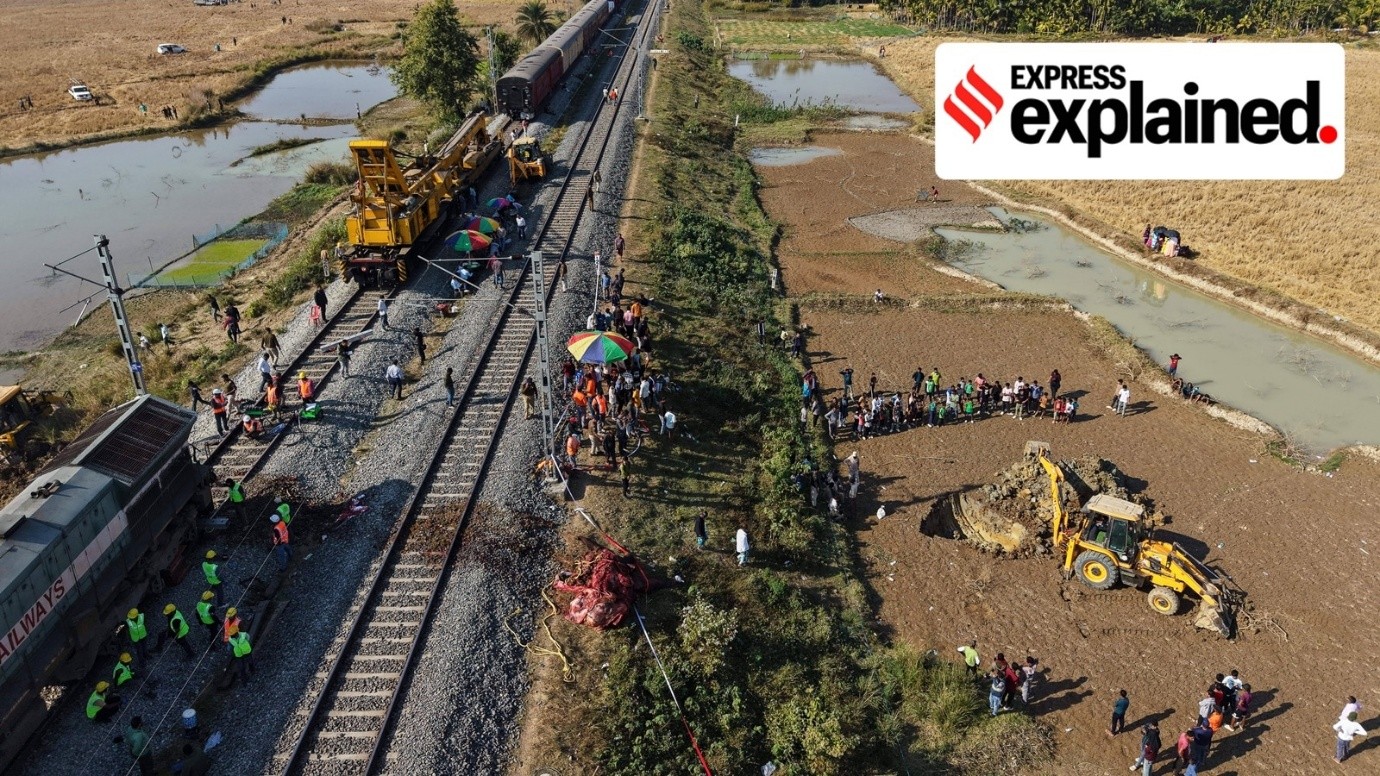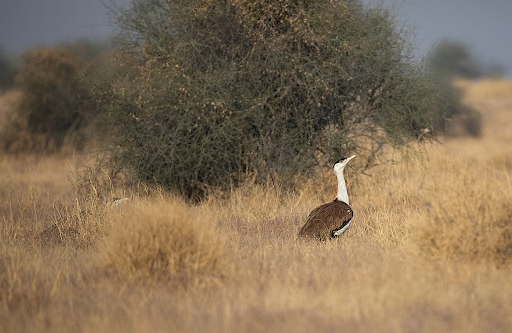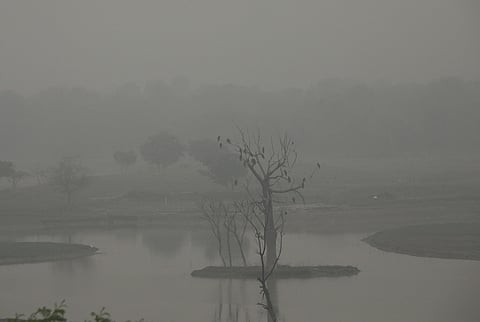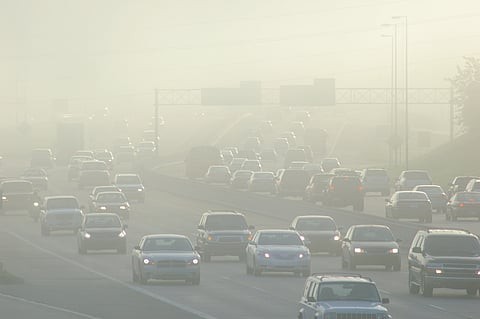Description
Copyright infringement not intended
Picture Courtesy: PIB
Context:
According to the Global Forest Resources Assessment (GFRA) 2025, released by the Food and Agriculture Organization (FAO) on 22 October 2025, India has achieved major milestones in forest conservation and expansion.
Current Status (Source: PIB):
- The world’s total forest area stands at 14 billion hectares, covering approximately 32% of Earth’s land area — about 0.5 hectares of forest per person.
- India accounts for 7 million hectares, roughly 2% of global forest area.
- Europe holds the largest share of global forests (25%), while South America has the highest forest proportion (49% of its land area).
- Over 54% of the world’s forests are concentrated in five countries — Russia, Brazil, Canada, the USA, and China.
- The global annual rate of net forest loss has declined from 7 million ha (1990–2000) to 4.12 million ha (2015–2025).
Global Forest Resources Assessment (GFRA):
The GFRA, conducted by the FAO, is the only global study that relies on official national data for assessing forest resources.
It classifies forests into two main types:
- Naturally Regenerating Forests, including primary forests with native species.
- Planted Forests, subdivided into plantation forests (e.g., rubber) and other planted forests that don’t meet plantation criteria.
India’s Progress (Source: PIB):
Bamboo Expansion
- Global bamboo area: 1 million ha, of which 70% lies in Asia.
- India contributes 11.8 million ha, a major share of the global bamboo resource.
Rubber Plantations
- India ranks 5th globally, with 831,000 ha under rubber cultivation.
- This contributes to the global total of 9 million ha of rubber plantations.
Agroforestry: India’s Growing Contribution
- India and Indonesia together represent nearly 100% of Asia’s 3 million ha agroforestry area.
- Collectively, both countries account for 70% of the global total, approximately 4 million ha.
Deforestation and Net Forest Changes
- India has consistently reported a net forest gain (1990–2025), thanks to large-scale afforestation and restoration efforts.
India’s Forest Statistics (Source: PIB):
- Total forest cover (ISFR 2023): 7,15,343 sq. km, forming 76% of India’s geographical area.
- Top forested states:
- Madhya Pradesh – 77,073 sq. km
- Arunachal Pradesh – 65,882 sq. km
- Chhattisgarh – 55,812 sq. km
- Mangrove cover: 4,992 sq. km (mainly in Andaman & Nicobar Islands, Gujarat, Maharashtra, and West Bengal).
- Protected areas: 106 National Parks, 573 Wildlife Sanctuaries, 115 Conservation Reserves, and 220 Community Reserves.
Implications of India’s Expanding Green Footprint:
- Environmental Impact: Carbon Sequestration: India’s forests absorbed 150 Mt CO₂ per year (2021–2025), ranking 5th globally among top carbon sinks. (Source: FAO Global Forest Resources Assessment (GFRA) 2025)
- Economic Implications: Forest-Based Livelihoods: Over 3 million families benefit from programs like the Green India Mission (GIM) and National Afforestation Programme (NAP). (Source: MoEFCC Annual Report 2025)
- Social Implications
- Community Participation: Around 100,000 Joint Forest Management Committees (JFMCs) engage local communities in forest regeneration. (Source: MoEFCC, 2025)
- Awareness & Behaviour Change: Initiatives like Mission LiFE and Ek Ped Ma Ke Naam foster public engagement in sustainable living and tree plantation.
- Ecological and Biodiversity Benefits: Forest Cover & Biodiversity: India’s forests span 7,15,343 sq. km (21.76% of land area), protecting habitats for thousands of species. (Source: India State of Forest Report (ISFR) 2023)
- Global Climate and Policy Implications
- Contribution to SDGs & Paris Agreement: India’s forest expansion supports SDG 13 (Climate Action) and SDG 15 (Life on Land).
- Reduced Global Forest Loss: India’s progress contributes to a global drop in net forest loss from 7 million ha (1990–2000) to 4.12 million ha (2015–2025). (Source: FAO, GFRA 2025)
Key Government Initiatives to Enhance Forest Cover:
Budgetary Support
- MoEFCC Budget (2025–26): ₹3,412.82 crore — a 9% increase over 2024–25.
- Revenue expenditure: ₹3,276.82 crore, constituting 96% of the total allocation.
National Mission for a Green India (GIM)
- Launched: February 2014 under the National Action Plan on Climate Change (NAPCC).
- Objectives: Expand and restore 10 million ha of forest and non-forest land (5 million ha each for expansion and quality improvement).
- Impact: Enhances biodiversity, ecosystem services, and livelihoods for nearly 3 million forest-dependent families.
National Afforestation Programme
- Goal: Regenerate degraded forests and adjacent areas.
- Implementation: Through a three-tier structure —
- State Forest Development Agency (SFDA)
- Forest Development Agency (FDA)
- Joint Forest Management Committees (JFMCs)
Mission LiFE (Lifestyle for Environment)
- Recognized by the UN Environment Assembly through a resolution promoting sustainable lifestyles.
- MeriLiFE Portal: Encourages collective and individual sustainable actions.
- “Ek Ped Ma Ke Naam” Initiative: Inspires citizens to plant trees as a tribute to their mothers and motherland.
Way Forward:
Accelerate Forest and Tree Cover Expansion
- Current Status: India’s forest cover stands at 7,15,343 sq km (21.76% of geographical area).
- Goal: To achieve 33% national forest and tree cover, as outlined in the National Forest Policy (1988). (Source: India State of Forest Report (ISFR 2023), MoEFCC.)
Strengthen Carbon Sequestration and Climate Resilience
- Data Insight: Indian forests currently sequester 150 Mt CO₂ annually (2021–2025) — 5th largest global sink.
- Next Steps: Scale up forest-based carbon projects under the Nationally Determined Contributions (NDCs). (Source: FAO Global Forest Resources Assessment (GFRA 2025), MoEFCC 2025)
Expand and Diversify Agroforestry Systems
- Current Share: India and Indonesia jointly represent 70% of global agroforestry area (≈55.4 million ha). (Source: FAO GFRA 2025; National Agroforestry Policy, MoA&FW)
- Strategy: Integrate climate-resilient crops with forestry in 10 million ha of farmland by 2030.
Enhance Community and Local Governance
- Current Framework: Nearly 100,000 Joint Forest Management Committees (JFMCs) active nationwide. (Source: MoEFCC Annual Report 2025)
- Action Plan: Strengthen capacity building and funding for JFMCs.
Improve Forest Monitoring and Data Transparency
- Existing Tools: ISFR uses remote sensing and GIS for biennial forest assessments.
- Future Direction: Integrate real-time satellite monitoring and AI-based forest fire alerts.
Align with Global Sustainability Goals
- Global Context: India contributes to reducing net global forest loss (down from 7 M ha in 1990–2000 to 4.12 M ha in 2015–2025).
- Forward Plan: Align all national forestry missions with SDG 13 (Climate Action) and SDG 15 (Life on Land). (Source: FAO GFRA 2025; UN SDG Progress Report 2024)
Source: PIB
|
Practice Question
Q. India’s steady rise in global forest rankings reflects a balance between ecological restoration and socio-economic development.” Discuss with reference to data from the FAO Global Forest Resources Assessment (GFRA) 2025. (250 words)
|
Frequently Asked Questions (FAQs)
The GFRA is a periodic global report prepared by the Food and Agriculture Organization (FAO) of the United Nations. It assesses forest area, change, management, and carbon stocks based on official national data.
India maintains the 3rd position worldwide in net annual forest area gain, highlighting its success in afforestation and restoration efforts.
India ranks 5th among global carbon sinks, with its forests removing approximately 150 million tonnes of CO₂ per year (2021–2025).
This reinforces India’s commitment to climate change mitigation under the Paris Agreement.




